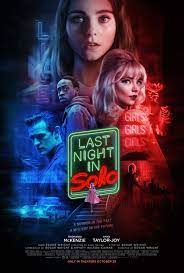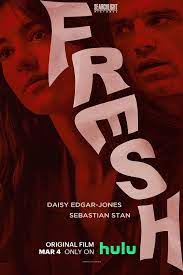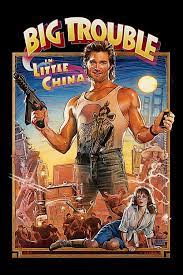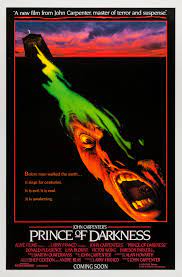
I’ve been a fan of Edgar Wright from his earliest work on Spaced, the hilarious BBC sit-com from the tail-end of the previous century.
This foundational series teamed director Wright with writer/actor Simon Pegg, a partnership that flourished with ace collaborations like Shaun of the Dead (2004) and Hot Fuzz (2007).
Pegg is certainly the more visible of the two, appearing in high-profile film franchises based on TV shows from the 1960s, Star Trek and Mission Impossible.
In Last Night In Soho, Wright’s musically minded, bloody Valentine to swinging London, he affirms his true love (and understanding) of those riotous times through masterful manipulation of color, sound, and movement in telling the story of two girls from different eras whose lives overlap in Dreamland.
We open with Eloise (Thomasin McKenzie), a spirited lass from Cornwall with dreams of being a 60s-inspired fashion designer in London.
Upon landing in the big city, Eloise is treated rudely by her designing classmates to the point that she’s forced to abandon the dorms in favor of lodging with Mrs. Collins (Diana Rigg) a lovely old-lady landlord who doesn’t allow male guests after 8pm.
Soon after acquiring the new digs, Eloise begins a dream odyssey about the adventures of Sandy (Anya Taylor-Joy), a live-wire hip chick who captures the attention of everyone she meets during her meteoric ascent in London’s nightclub scene, circa 1965.
Coincidentally, it’s the very same historical period that Eloise obsesses about through her clothes and music. Cilla Black, Kinks, Chad & Jeremy, and Petula Clark can be heard plugging away on the phonograph, while her attempts at creating swing silhouettes and bubble dresses are clearly influenced by Mary Quant and other Carnaby Street regulars.
Eloise and Sandy overlap in these subconscious interludes: Sandy is portrayed by Taylor-Joy, but whenever an opportunity for a reflection appears, it’s McKenzie looking back at the action.
A lesser director would milk this device as a gimmick. Wright uses it to set the story to a fevered rhythm, as Sandy, a beautiful rising star, sees her ambition smashed to bits by horrible old men.
When not living her dream, Eloise styles herself as the beguiling Sandy, until the viewer loses her sense of identity in both the sleeping and waking worlds.
Last Night in Soho is a rise-and-fall fable that kicks off with a dazzling bang, and shifts gears into a sordid nightmare spiral that’s grim going indeed.
Wright’s poise and whirlwind finesse with the camera is thoroughly transportive, evoking both delirious highs and utter misery in strikingly composed scene after scene.
This is a bumpy ride, but Last Night In Soho is more than worth it. Instead of grousing about getting the rug yanked out from under, we should be thankful that an artist of Wright’s ability has fully materialized in our present day.




You must be logged in to post a comment.